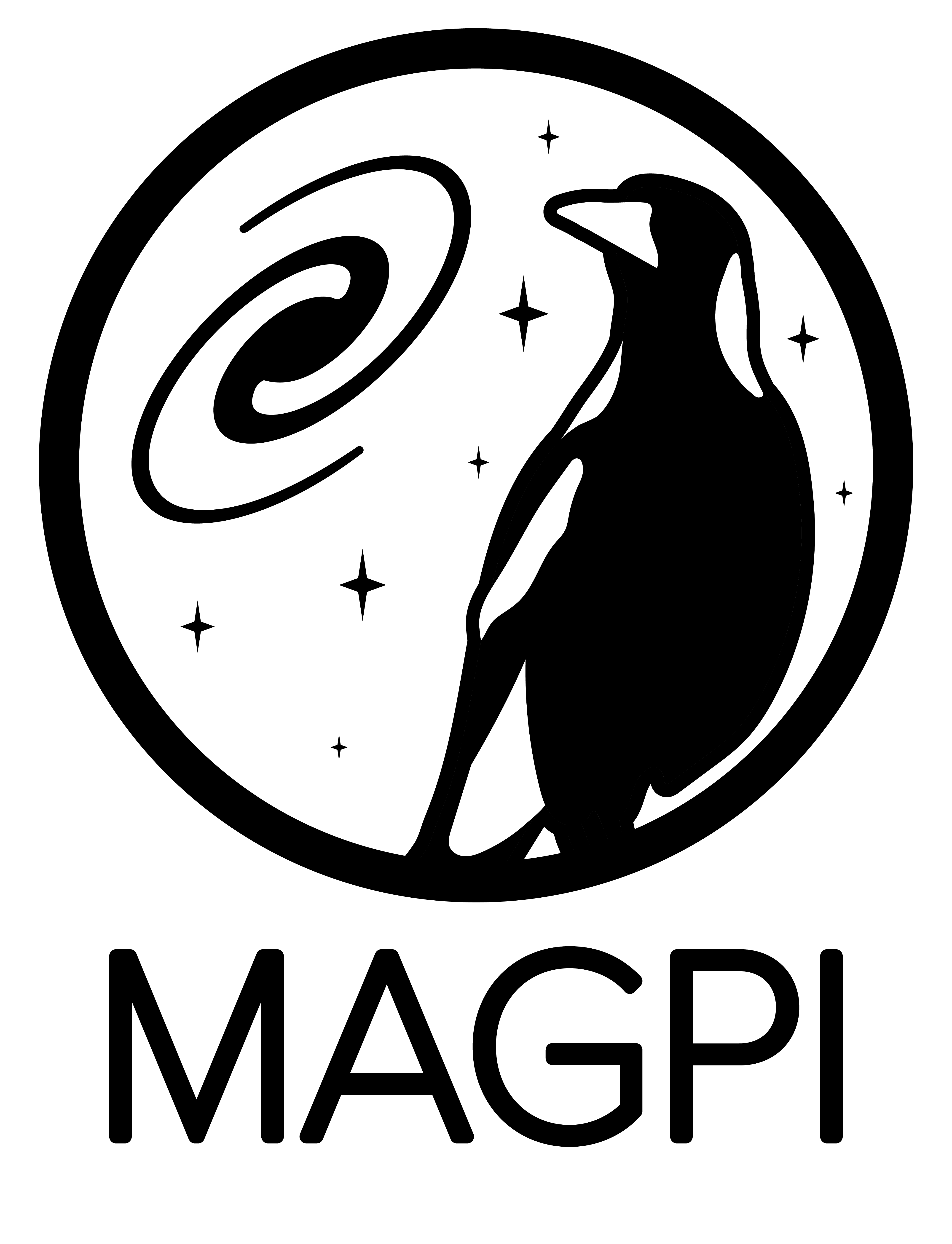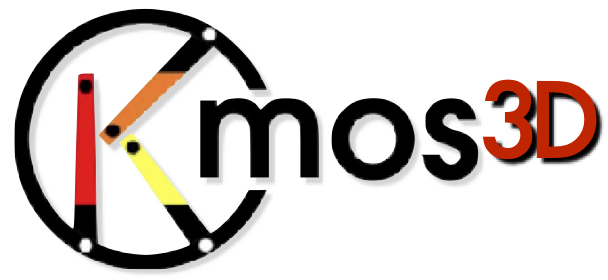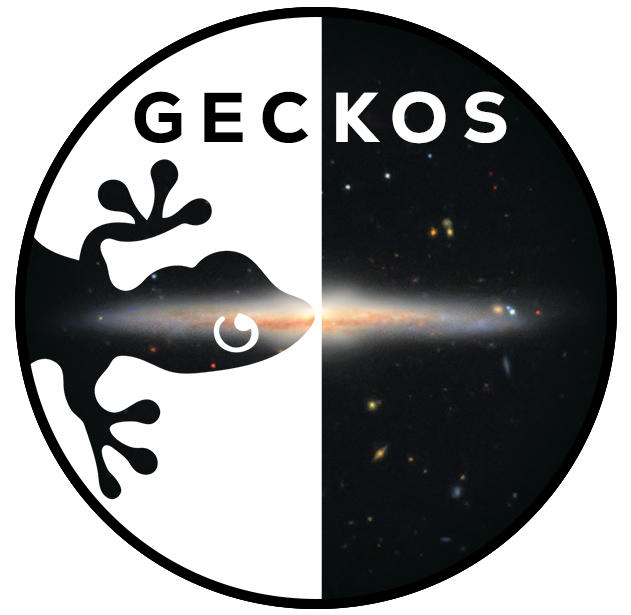
ABOUT ME
I'm an Associate Professor at the Research School for Astronomy and Astrophysics at the Australian National University in Canberra, Australia. I received my PhD from Swinburne University of Technology in 2012 with Professors Karl Glazebrook & Chris Blake.
My research endeavours to discover new evolutionary trends for galaxies over 80% of the lifetime of our Universe by bringing together results from new data as well as ongoing and past dynamics surveys to connect to galaxies such as our Milky Way that we can study in great detail. By uniting kinematic data across epochs (e.g. Hector/SAMI, MAGPI, KMOS3D) I aim to define and measure the processes that maintain star-forming galaxies in a chemical, morphological and dynamical equilibrium state.
In parallel my other projects push out comprehensive multi-wavelength studies to early times in order to fully characterise galaxies just 1-2 Gyrs after the Big Bang. This research connects to ‘first galaxy’ observations and simulations being conducted across Australia and with an eye towards taking full advantage of current and future facilities (e.g. JWST, GMT, ELT). While my own approach is based in observations, I believe progress is often best made through collaboration of theory and observation.

Get in touch:
Emily.Wisnioski (at) anu.edu.au
RESEARCH INTERESTS

MAGPI
MAGPI provides an in-depth resolved view of galaxy evolution. The Middle Ages Galaxy Properties with Integral Field Spectroscopy (MAGPI) survey is a large program on the European Southern Observatory Very Large Telescope, using the Multi Unit Spectroscopic Explorer (MUSE) to obtain spatially-resolved spectroscopy of stars and ionised gas for galaxies in a range of environments 3-4 Gyrs ago. Our sample will amount to more than a hundred galaxies and will reveal the mechanisms responsible for the morpho-kinematic variety of today’s massive galaxies.

KMOS3D
KMOS3D is a collaboration of 30 international astrophysicists that utilised 75 guaranteed nights on the 8-m class Very Large Telescopes using the only existing near-infrared multi- object spatially-resolved spectroscopy instrument. With the KMOS3D survey we have used statistics to investigate the stability, metallicity, angular momentum and mass budget of disk galaxies when the Universe was 3-8 Gyrs old. The unique multiplex capability of KMOS allows for a 20x increase in the efficiency in observing high-redshift galaxy kinematics making possible this 600+ galaxy survey.

GECKOS
GECKOS will enable new studies of "extra-galactic archeology". The Generalising Edge-on galaxies and their Chemical bimodalities, Kinematics, and Outflows out to Solar environments (GECKOS) survey is a large program on the European Southern Observatory Very Large Telescope using the Multi Unit Spectroscopic Explorer (MUSE) to obtain spatially-resolved spectroscopy of local edge-on galaxies. We can use the beautiful GECKOS data to connect local stellar chemodynamics with observations of gas chemodynamics at ealier times in cosmic history, e.g. with KMOS survey data and new JWST results.
Research group and opertunities for potential students
My research group currently includes three PhD students, 2 Honors students, as well as students at the undergaduate and graduate level that I co-supervise. If you would like to do a project in my group at undergraduate, honours, Masters or PhD level please email me. Sample project descriptions are available HERE.
Research group alumni (direct/co-supervision)
Takafumi Tsukui (Postdoc), Andrew Battisti (Postdoc), Yifan Mai (PhD; Sydney), Songlin Li (PhD; ANU), Zefeng Li (PhD; ANU), Piyush Sharda (PhD; ANU), Garry Foran (PhD; Swinburne), Jocelyn Ware (Masters; ANU), Soumya Mishra (Undergaduate; ANU), Luka Mijnarends (Undergaduate; ANU), Anika Chan (Undergraduate; ANU)